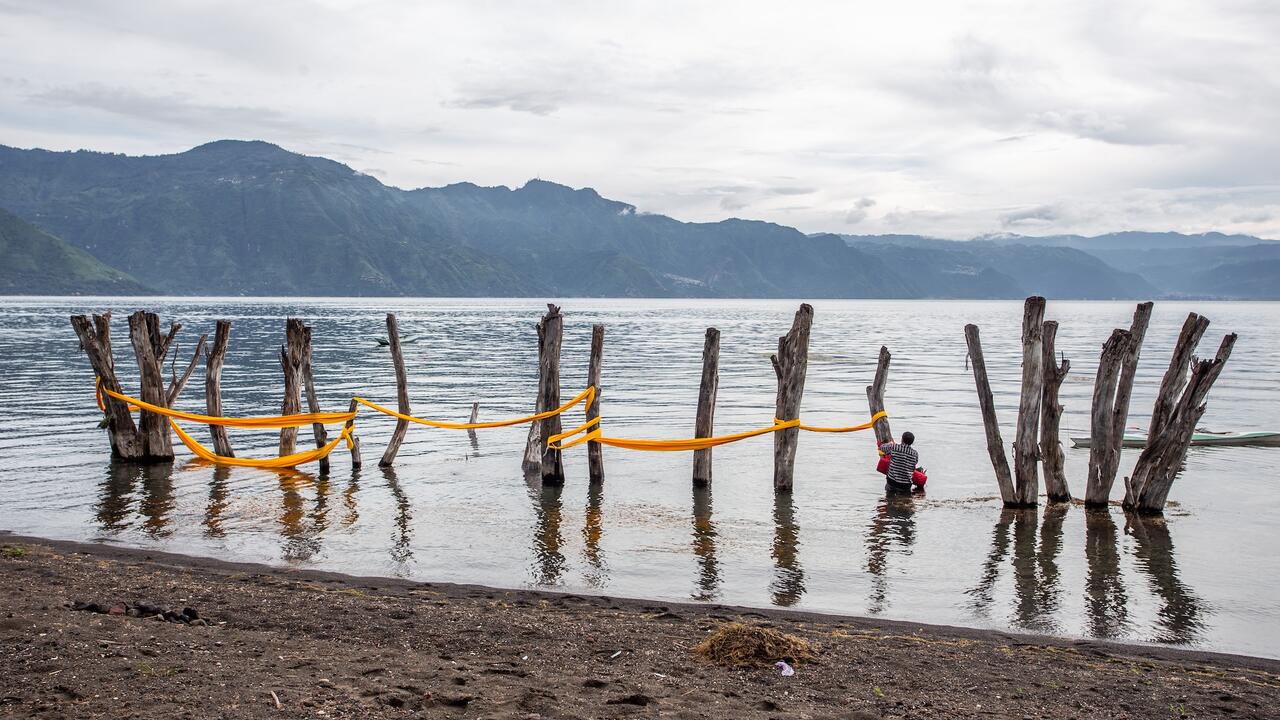Cut & Splice 2010: Transmissions
Cage, Stockhausen, Conrad and more at the eighth edition of the experimental music festival in London
Cage, Stockhausen, Conrad and more at the eighth edition of the experimental music festival in London

Now in its eighth year, Cut & Splice has established itself as a distinct presence on the UK’s live experimental music scene, with inventive programming that works thematically and contextually, rather than strictly along genre lines. The three-day event, co-produced by BBC Radio 3 and Sound and Music, features some names one might expect – godfathers of the avant-garde such as Karlheinz Stockhausen and John Cage crop up this year, as they have in the past – but these composers are placed alongside artists from the outer reaches of sonic practice, such as noise duo Blood Stereo and radio activist/theorist Tetsuo Kogawa, and film and installation work.
Cut & Splice 2010 takes radio as its theme, exploring the medium’s history as artistic component and musical instrument. The appearance of shortwave radio in mid-century composition was in part a demonstration of the commitment of Cage and others to redefining the relationship between composer, score and performer, and to principles of indeterminacy. A half-century on, with analogue radio all but superseded by digital, and electricity inextricably linked with musical production and consumption, the idea of a stage filled with crackling radio sets seems almost quaint. However, when programmed with new commissions that explore radio waves from natural phenomena, such as Jacob Kirkegaard’s Celestial Road, or that are inspired by more modern sources, like Resonance Radio Orchestra‘s use of mobile phone transmissions in The Spiral (Sketch For Overheard), these early concert works take on a new significance as the beginnings of a lineage of radio-inspired music and sound art.
The opening night’s performance of Earle Brown‘s 1954 composition Four Systems was a case in point, with four very different musicians simultaneously interpreting Brown’s flexible score in an absorbing set. Keith Rowe of AMM, who has played the piece many times, joined forces with Lee Patterson, who works frequently with field recordings, composer Robert Worby and video/multimedia artist Kjell Bjorgeengen to create a dense, eventful and satisfying realization. Unlike the well-lit performances of Stockhausen’s 1960s pieces Kurzwellen and Poles For 2 by Apartment House, in which the eyes were frequently drawn to who was making what sound – unsurprisingly, for both pieces require the players to imitate and reinterpret what they hear on the radio – Four Systems was played in darkness, on an array of devices which soon became hard to define or place, leaving us free to delve into the structure of the piece, which faded in and out of perceptibility. While all performances that used live radio did, in some sense, work with local radio transmissions, Four Systems really brought the outside in: disembodied voices and static hiss were combined with alien electronic sounds, swells of industrial-sounding noise and hints of melody, evoking the complex life-systems of the city.
Nicolas Collins also deployed found sounds of the airwaves with 1985 composition Devil’s Music, which uses basic sampling and circuit-bending to create a new, bastardised and constantly changing transmission. His performance started with hand-held radio in the music hall’s darkened balconies, slowly progressing on foot to the stage. This theatrical gesture was echoed later by Tetsuo Kogawa‘s compelling set, which began with at least five minutes of total silence as the Japanese pioneer of ‘radioart’ set out the ingredients for a simple radio device as if at a cookery demonstration, and proceeded to construct it, soldering iron and all. The simple sounds produced invited a tangible sense of wonder in the audience, serving as a kind of gentle reminder of why we might be so fascinated by radio in the first place.
Another thematic strand was the voice, with Blood Stereo and Bohman brothers collaging disparate sounds, texts and vocals with anarchic relish, and Jaap Blonk’s arresting performance of Antonin Artaud‘s To Have Done With The Judgment Of God, composed for – and banned by – French radio in 1947. Cut & Splice’s final act was Mal A Pert, in which Jennifer Walshe‘s astonishing vocals reacted with Tony Conrad‘s treated, droning violin and radio transmitter. In what was far more than just a display of extended technique, Walshe simulated the chaos of radio waves with voice and vocoder, but also slowly allowed a narrative or narratives to emerge, frantically babbling a skewed, surreal drama which then broke down into madness and glossolalia, mirrored by Conrad’s falling apart, loose-stringed violin.
While there were intimations of spirit voices in Walshe’s performance, I took it to be more illustrative of mental disturbance than supernatural. Despite the occasional magic-show nuance, and the evocative Victorian venue, the esoteric elements of radio were actually downplayed throughout the festival, in favour of a more interesting focus on human interaction with the form, from the language-based to the technical. Esther Johnson‘s film portrait of a homegrown London wireless museum and John Wynne‘s deft installation exploring the aural illusion known as the Shepard Phenomenon, as well as a book of interviews and essays edited by Sound Threshold‘s Daniela Cascella and Lucia Farinati and designed in the style of photocopied electronics manual, added to the impression of Cut & Splice as a celebration of inventiveness, interference and hands-on sonic practice, as well as a conduit for radio’s more mysterious qualities.















